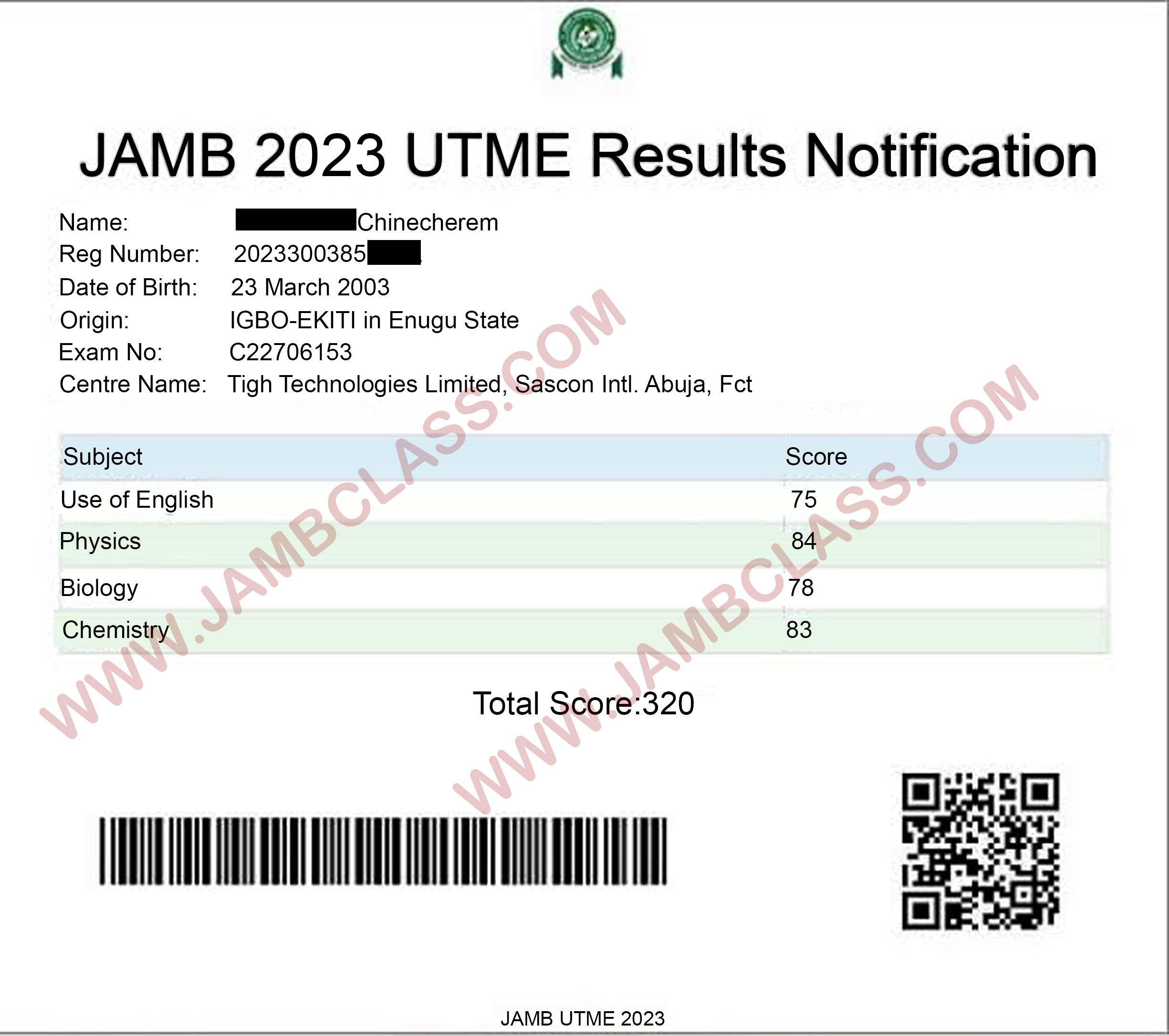Neco

Physics-Obj
01-10: EADCAEBEBC
11-20: ECDDCDBCCB
21-30: CECBEADCBB
31-40: BADDCDCAAA
41-50: EDACDCACAA
51-60: CEBACCBCAC
PHYSICS-ANSWERS!
(1a)
(i) Solar water heaters: These are devices that use solar collectors to absorb energy from the sun and heat water for domestic or industrial use.
(ii) Solar air heaters: These are devices that use solar collectors to absorb energy from the sun and heat air for space heating or ventilation purposes.
(1b)

(1c)
Total Magnification = Magnification of Objective Lens × Magnification of Eyepiece Lens
Given,
Total Magnification = 10
Magnification of Objective Lens = 2
Let “E” represent the magnification of the eyepiece lens.
10 = 2 × E
E = 10/2
E = 5
(2a)
Static friction is a type of friction that exists between two surfaces in contact with each other when they are not moving relative to each other.
(2b)
Coefficient of static friction (μs) = Force of static friction/ Normal force
Give:
Force of static friction = 3N
Normal force = 5N
μs = 3N / 5N = 0.6
(3)

(4a)
The velocity ratio of a machine is the ratio of the distance moved by the effort to the distance moved by the load. It is a measure of the effectiveness of a machine in transmitting force.
Velocity ratio = distance moved by effort / distance moved by load
(4b)
A second order lever has the load in the middle, with the effort applied on one side and the fulcrum on the other. The effort arm is longer than the load arm, which means the machine has a mechanical advantage. Examples of second order levers include wheelbarrows and nutcrackers WHILE A third order lever has the effort applied on one end, the load on the other end, and the fulcrum in between. The load arm is longer than the effort arm, which means the machine has a mechanical disadvantage. Examples of third order levers include tweezers and shovels.
(7)
Given:
– Angle of incidence (θ₁) = 60°
– Speed of light in air = 3×10⁸ m/s
– Speed of light in glass = 2×10⁸ m/s
The refractive index (n) of a medium can be calculated using the formula:
n = speed of light in vacuum / speed of light in the medium
Refractive index of air (n₁):
n₁ = speed of light in vacuum / speed of light in air
n₁ = 3×10⁸ m/s / 3×10⁸ m/s
n₁ = 1
Refractive index of glass (n₂):
n₂ = speed of light in vacuum / speed of light in glass
n₂ = 3×10⁸ m/s / 2×10⁸ m/s
n₂ = 1.5
Using Snell’s law to find the angle of refraction (θ₂):
n₁ × sin(θ₁) = n₂ × sin(θ₂)
1 × sin(60°) = 1.5 × sin(θ₂)
sin(θ₂) = (1 × sin(60°)) / 1.5
sin(θ₂) = sin(60°) / 1.5
θ₂ = arcsin(sin(60°) / 1.5)
θ₂ ≈ arcsin(0.86602540378 / 1.5)
θ₂ ≈ arcsin(0.57735026919)
θ₂ ≈ 35.26°
(8a)
(i) Electric motors: Electromagnets are used in electric motors to convert electrical energy into mechanical energy. An electric motor contains an armature with a coil of wire that rotates within a magnetic field created by an electromagnet.
(ii) Magnetic resonance imaging (MRI): Electromagnets are used in MRI machines to create a strong magnetic field that aligns the protons in the body’s tissues. Radio waves are then used to create images of the body’s internal structures.
(8b)
The soft iron bar can be converted to a magnet by placing it in contact with a bar magnet. When the bar magnet is brought close to the soft iron bar, the magnetic domains in the soft iron bar become aligned with the magnetic field of the bar magnet. This causes the soft iron bar to become magnetized and it will now be able to attract other magnetic materials.
(9a)
Reactance refers to the opposition that an electrical circuit or component exhibits to the flow of alternating current (AC). It is a fundamental concept in understanding AC circuits and is closely related to the concept of impedance.
(9b)
Xc = 1/(2πfC)
where:
Xc = Capacitive reactance in ohms (Ω)
π = 3.14 (approximate value)
f = Frequency in Hertz (Hz)
C = Capacitance in Farads (F)
Given:
Capacitive reactance (Xc) = 3000Ω
Capacitance (C) = 5µF = 5 * 10-⁶F
π = 3.14
Rearranging the formula to solve for frequency (f):
f = 1/(2*π* Xc* C)
Substituting the given values:
f = 1/(2 * 3.14 * 3000 * 5 * 10-⁶ )
f = 1/(2 * 3.14 * 3000 * 0.000005)
f = 1/(6.28 * 0.015)
f = 1/0.0942
f=10.62Hz (approx. 2 decimal)
(10a)
Photoelectrons are electrons that are emitted from a material when it absorbs electromagnetic radiation, typically in the form of photons (light). This phenomenon is known as the photoelectric effect.
(10b)
Formula for threshold frequency;
F = E/h
Where,
F= Frequency
E = Work function(Energy)
h= Plank’s constant (6.6×10-³⁴)
Converting the work function to joules:
Work function (ϕ) = 3.5 eV = 3.5 × 1.6 × 10-¹⁹ J = 5.6 × 10-¹⁹ J
Substituting the values
F = E/h
F= 5.6 × 10-¹⁹/6.6×10-³⁴
F= 8.48×10¹⁴Hz
(11a)
(i) Radiation exposure: X-rays are a type of ionizing radiation, which means that they can damage the DNA in cells and increase the risk of cancer. Exposure to high doses of X-rays can also cause radiation sickness, which can lead to nausea, vomiting, and hair loss.
(ii) Skin burns: X-rays can cause skin burns if the skin is exposed to a high dose of radiation. The severity of the burn depends on the dose of radiation and the duration of exposure.
(11b)
(i) Soft X-rays have lower energy levels, while hard X-rays have higher energy level
(ii) Soft X-rays are commonly used in scientific research, such as studying atomic structures and electronic properties while Hard X-rays are more prevalent in medical and industrial applications, like diagnosing fractures, inspecting welds, or examining luggage at airports for security purposes.
(iii) Soft X-rays are more easily absorbed by matter than hard X-rays. As a result, softer X-rays are used to examine lighter elements, while harder X-rays are preferred for studying heavier elements in samples.
(12)

(13)

(14)

(15)


(16)

Completed
RECOMMENDED TOPICS
- How To Check Your 2024 Jamb Utme Result

- SOME RESULTS OF JAMBITES THAT SCORED LOW IN JAMB 2023 BUT LATER GOT HIGHER JAMB GRADE THROUGH THE USE OF OUR JAMB ADDITON OF MARK

- JAMB 2024 exam slips are ready – See guides on how to print yours

- Check if you can print your JAMB utme reprinting slip now

- JAMB have extend 2024 Direct Entry registration by two weeks


